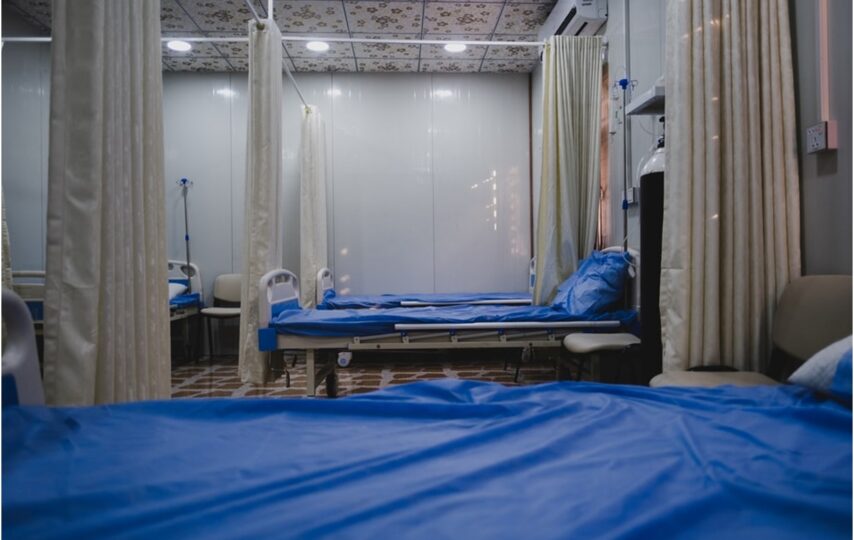The American history of organized medical care and medicine is a bit different compared to many parts of the world.
Although the civil war basically propelled the development of American medicine faster than what might have transpired without it, staunch belief in capitalism prevents people from establishing the type of healthcare France and the UK have used for many years.
Because of that, Americans have a unique healthcare system, which has evolved tremendously over the last century into something hated and loved by citizens.
Whichever end of the spectrum you lean towards, America’s history of organized healthcare and medicine is a winding and long road.
Major Issues with Healthcare System
American healthcare underperforms in many verticals. High cost is one of the major reasons preventing Americans from accessing medical care services.
Americans with a below-average income are more affected because of visiting physicians when they are sick. These patients acknowledge the challenges in paying for medical bills and other related expenses. Apart from the cost of medical care services, other issues facing the system include:
- Lack of transparency
- Lack of insurance
- Difficulty in finding specialists and physicians
Why American Government Spend More Money on Medical Care
Healthcare spending is majorly driven by price and utilization. An increase of either these factors may lead to higher medical care costs.
Though most analysts contend that price is the major driver of the difference between Americans and other wealthy nations. As a matter of fact, the price in America is higher regardless of the utilization rate.

Healthcare Insurance
In 2021, all state-run marketplaces and HealthCare.gov extended the enrollment period to make it simple for individuals to sign up for policy during Covid-19.
During this enrollment period, uninsured individuals may sign up, and people who have already enrolled in an all-state run marketplaces have a chance to change their plans for health insurance coverage in the United States.
How Insurance Works in America
Private medical care insurance is provided through your school/employer, or you buy it. You may choose a plan, which suits you from the (ACA) Affordable Care Act health Insurance Marketplace. The ACA provides subsidies to individuals who are unable to afford the high premium of insurance plans. The size of a subsidy depends on your income.
The health insurance world also has an extended glossary and its own language. This ensures you learn the below terms so as to understand the kind of plan you want to buy:
- Deductible
- Co-pay
- Premium
- Co-insurance
The Expanded Coverage Realty
While the acquisition of small practices by big ACOs (Accountable Care Organizations) and hospitals started before the ACA passage, the legislation charged these acquisitions. As a matter of fact, the days of solo practice might be long gone for good.
Facilities and a group of medical experts, which provide a menu for healthcare services, are responsible for forming ACO.
The American law incentives these organizations to minimize unnecessary tests/procedures and hospital admissions while encouraging renewed focus on home monitoring/and early intervention.
Medicaid, Medicare, and CHIP
Only 32% of the total population is covered by three funded insurance programs, including the Children’s Health Insurance Program (CHIP), Medicare, and Medicaid.
Medicare is basically a social insurance program that the federal government administers, accessed by disabled people and seniors aged 65 years or more.
Medicaid is a state-based insurance program that both near-poor and poor can access, while CHIP insures kids up to age 19 from a family with an income too high to be eligible for Medicaid.
Healthcare Financing
Taking healthcare costs in the US into consideration is a vital part of medical care planning. In the US, medical care is advanced technologically but costly.
The amount of cash spent per individual on healthcare is a lot in the US compared to other nations. Plus, in the US, the GDP (gross domestic product) spent on medical care is higher than in other countries.
Medication, Pharmacies, and Vaccines
36% of pharmacies in the US are owned by small businesses independently. The remaining percentage is situated within other facilities, like clinics, hospitals, grocery stores, and drug stores.
Many of these pharmacies are run and owned by a chain brand store, like CVS and Walgreens. According to a recent review, around 38% of prescriptions are filled by mail orders. OTC medications are available in many retail environments, including gas stations.
Unlike other nations, pharmacies in America are usually big. The main chain drug stores also have their in-house brand.
When it comes to vaccinations, there is no mandatory requirement when traveling to the US. But recently, the government announced the intention to require every visitor to get vaccinated for coronavirus once the entry restriction is lifted.

Final Say!
Most other developed nations control healthcare costs by having the government play an important role in negotiating costs in the system. Their systems don’t have high administrative costs driving the pricing up in America. However, in reality, the US government can negotiate lower hospital, drug, and medical equip








